Mastering Scapular Depression Exercises: A Step-by-Step Guide
Table of Contents
Introduction
Scapular depression exercises are essential for improving the strength and stability of the shoulder girdle. These exercises primarily target the muscles that depress or lower the shoulder blades, which include the trapezius, rhomboids, and serratus anterior.
By incorporating scapular depression exercises into your fitness routine, you can enhance your posture, reduce the risk of shoulder injuries, and enhance overall upper body strength. In this guide, we will introduce you to some effective scapular depression exercises, along with instructions on how to perform them correctly to maximize their benefits.
Whether you’re an athlete, fitness enthusiast, or someone looking to enhance their shoulder health, incorporating these exercises can be a valuable addition to your workout regimen.
Scapular depression relates to the caudal motion of the scapula (scapulothoracic joint). In most instances, depression of the scapula is a passive process (due to gravity) that is improved by movement at the acromioclavicular joint. Occasionally some muscular attachments serve as active depressors, the most commonly related being the inferior fibers of serratus anterior and pectoralis minor 1-3.
For this motion, you require a lat bar machine or exercise bands provided by your therapist. While holding the lat bar in both hands depress the shoulders down to the floor without bending at the waist or tilting with the back. Next, lift the shoulders toward the ears without bending the elbows.
Benefits of exercise for scapular depression and retraction
Here are some advantages if you workout regularly:
- Increase shoulder mobility.
- Increase your range of motion.
- Improve poor posture.
- Improve shoulder strength.
- Increase scapular movement.
- Increase Flexibility.
- Help daily activity function.
- Decrease pain.
- Increase motion.
- Aid in boosting poor muscle strength.
- Help your balance.
Why Is Scapular Depression Important and What Is It?
Understanding Scapular Depression
depression of the scapula you should turn your shoulder blades in a downward, backward motion. Its support stabilizes the shoulders and involves critical muscles like the lower traps, rhomboids, and serratus anterior. Proper scapular depression gives to good posture by pulling the shoulders down and back.
Benefits of Proper Scapular Depression
When depress your scapulae correctly, it improves shoulder joint stability, prevents rounded shoulders, develops posture, balances muscular development, and decreases the risk of injuries. Keeping the shoulders low and retracted reduces strain on the upper back and neck while lifting weights overhead or performing presses.
Best Exercises for Scapular Depression
Strengthening exercise for scapular depression
Scapular retraction/depression strengthening isometric, prone, elbows bent
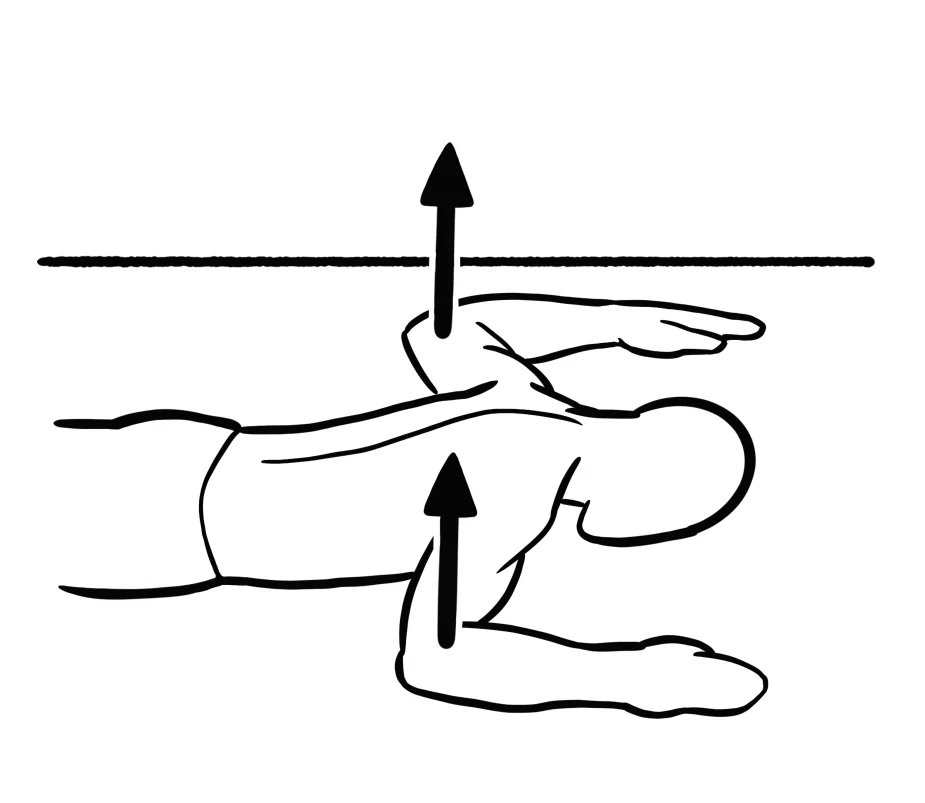
- Lay face down on the floor with your hands over your head and your elbows bent so that your fingers touch.
- Aim the shoulder blades towards your feet and raise your forearms, keeping the wrists straight.
- Lower downward slowly.
Prone Scapular Depression and Retraction exercise
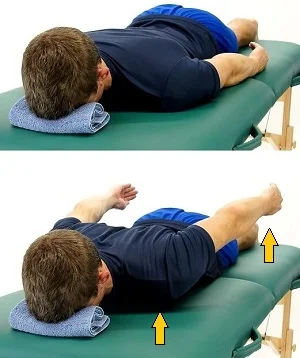
- Start lying on your front with your forehead resting on a towel roll.
- Your arms must be positioned at your sides with your palms facing down.
- Start hands down towards feet to drop shoulders.
- Gently squeeze your shoulder blades together, then slowly raise your arms so they are parallel to your body.
- Rotate your arms out, and take your thumbs up.
- Hold for 5 seconds, then drop your arms back down and repeat.
Thera-Band Lower Trapezius Retraction and Depression
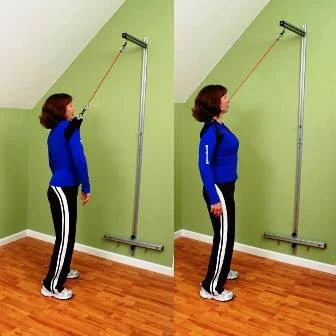
- Use the extremity belt or attach a band or tubing around the shoulder.
- Create a route of resistance that pulls the shoulder upward and forward along the line of the lower trapezius.
- Pull the shoulder down and backward to pull back the scapula. Hold and Slowly throw back.
Band Scapular Retraction and Depression Exercise

- Begin by standing, your knees slightly bent, holding a resistance band in your left hand that is anchored above you to your right.
- Keeping your left arm straight, pull your left hand down and across your body as you drag your left shoulder blade back (towards your spine) and down (away from your ear).
- Slowly return to the beginning position.
- The 10-15 times should be repeated. On the other side repeat. Maintain a straight working arm throughout the motion.
Wall Slides
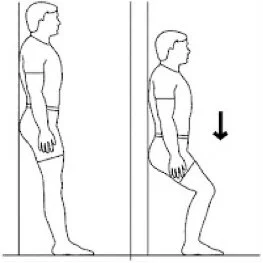
- Stand just with your back against a wall and your feet shoulder-width apart.
- As you raise your arms, tuck your shoulder blades into the wall.
- Your hands will be against the wall with the backs facing outward and your thumbs roughly at head height.
- The line of your upper arm, from your elbow to shoulder, must be perpendicular to the floor. Inhale.
- Slowly bend your knees and slide your back down the wall up to your knees at a 45-degree angle (bending more than this will place raised strain on your knees).
- As you bend your knees, straighten your elbows up to your arms are extended straight up over your head, but still against the wall. This position holds for 5 seconds.
- Exhale as you straighten your knees to slide back up the wall so you are fully upright with knees straight and elbows bent back to their starting position.
- Repeat for 5 reps. Gradually work your technique up to 10 or 15 reps per set as your quad strength improves.
Prone y-raise
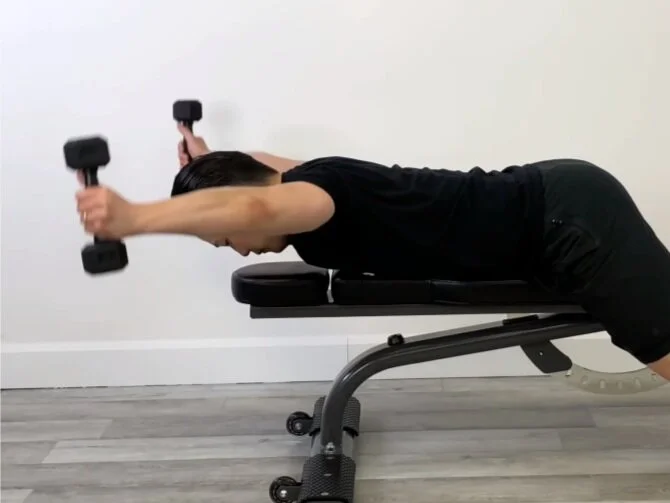
- This is a scapula posterior tilted strengthening exercise.
- Lie down on your stomach time on a bench and holding two light weights.
- Hold your chest on the bench during this exercise.
- Lift your arms overhead at roughly 130 degrees.
- The focus should be on tilting the scapula either than raising the arms.
Thera-Band Tubing Scapular Depression

- Place the middle of the tubing around the back of your neck and shoulders, and take the handles at your hips.
- Wrap the tubing around your hands as required to increase tension in the tubing.
- Keeping your elbows straight, move down against the tubing. Hold and slowly return.
Shoulder Depression Exercise
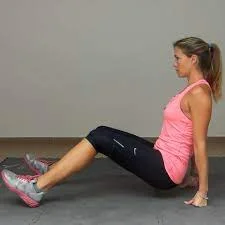
- Start by sitting upright on the floor, with your arms straight and your grip on the floor directly under your shoulders.
- Raise your hips off the ground a couple of inches (several cm) by pressing your grip through the floor (depressing your shoulders).
- Return to the beginning position and repeat for the desired number of repetitions.
- Hold your chest up and your shoulder blades back throughout the movement. Hold your arms straight.
- You can also perform this exercise time sitting on the edge of a bench or chair.
Prone Horizontal Abduction Raises
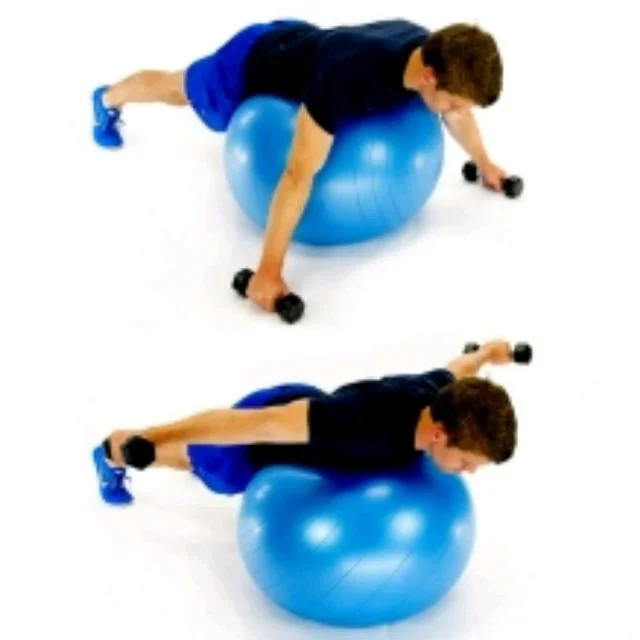
- Initially start in a kneeling position (for added stability and safety) with the stability ball beneath the chest and arms resting on the ball.
- Position the hands so that the thumbs point up toward the ceiling, and slowly lift both of the arms up simultaneously; pinch the shoulder blades together at the top.
- After pausing, move carefully back to where the weights were just before they touched the ground.
- Utilize a very light set of weights and perform two to three sets of 15 to 20 reps.
Scapular Depression, protraction Stretch: Sitting
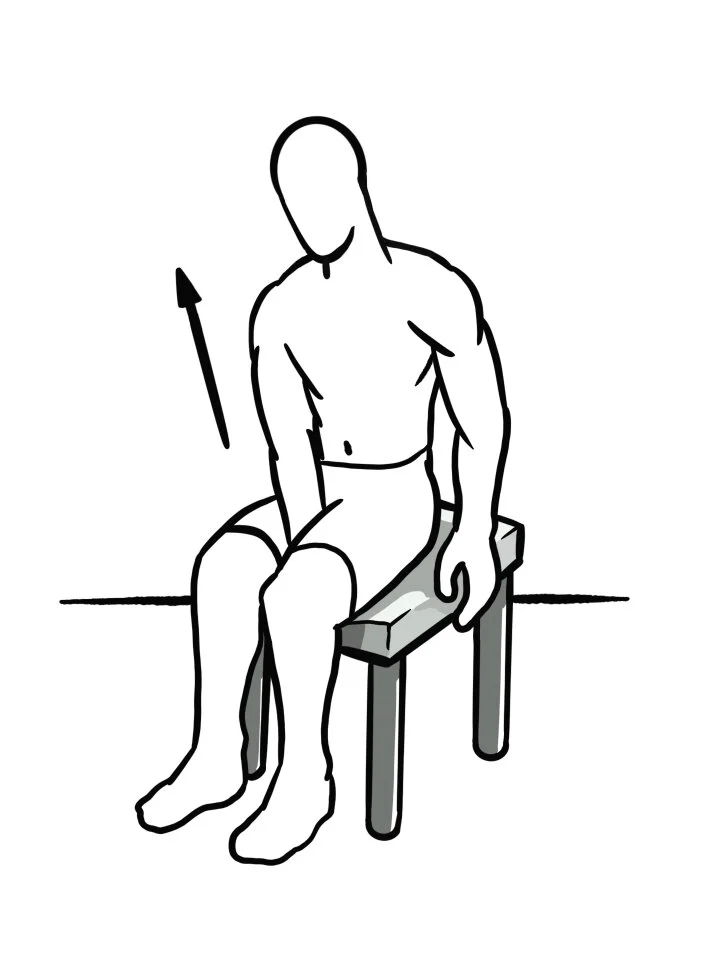
- The rhomboids, middle and upper fibers of the trapezius, and the levator scapulae are involved in a stretch into scapular depression and protraction.
- sitting, hand the stretch-side hand to the inside of the opposite leg and grasp after the knee.
- knee gently drag back with your trunk, allow the scapula to be “pulled” forwards, relatively speaking.
- hold and repeat as necessary.
Helpful Tips for Proper Scapular Depression
Focus on Retraction and Depression
Prioritize pulling the shoulder blades down and back at the beginning of any exercise by engaging the mid-back muscles.
Maintain Good Posture
Keep the chest elevated, spine neutral, and shoulders low during your workout to support good scapular positioning.
Go Light on Weight
Using too much load can cause compensation patterns like extreme trap involvement. To separate the bottom traps and rhomboids, go lighter.
Involve Stretching
Stretch the pectoral muscle, front delts, and upper traps, which often make it tight and give poor posture.
Sample Workout Routine to Target Scapular Depression
Example Exercise Program for Scapular Depression.
Warm-up
- Foam roll thoracic spine: 2-3 minutes.
- Wall slides: 10 reps.
- Band pull-apart: 15 reps.
Main Exercises
- Prone Y lift: 3 sets x 10-12 reps.
- Prone horizontal lift: 3 sets x 12-15 reps.
- 3 sets of 10–12 repetitions for lower trap lifts.
- Three sets of wall slides with a 20–30 second hold.
Cooldown and Stretching
- Child’s pose: 2 minutes.
- Two 30-second doorway pec stretches, one on each side.
- Stretch the upper traps twice for 30 seconds each.
What precautions are required during exercise?
- Relax head and neck.
- Pull your shoulders back as you stand upright.
- don’t shrug shoulders.
- Keeps abdominals muscle tight.
When do you not exercise?
- Severe muscle burning.
- you’re feeling sick.
- If you feel any pain or numbness.
- Fever.
- Headache.
- If exercise is painful stop the exercise.
FAQs
The lower traps, mid traps, rhomboids, and serratus anterior drag the shoulder blades down and back.
Purpose for 2-3 fixed scapular depression sessions per week on non-consecutive days.
You can anticipate benefits in 4-6 weeks if you consistently execute these workouts 2-3 times each week.
Light weight can assist in increasing intensity. But goes too heavy, and it ushers to compensation. Focus on shape and feeling the right muscles working.
Perform posture improvements like wall slides and chin tucks. Exercise cues like “chest up, shoulders back” to prompt yourself regularly.
Prone scapular depression and retraction exercises.
Thera-band lower trapezius retraction and depression.
Band scapular retraction and depression Exercise.
Wall slides.
Prone y-raise.

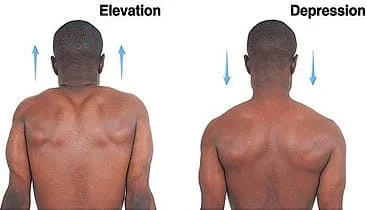
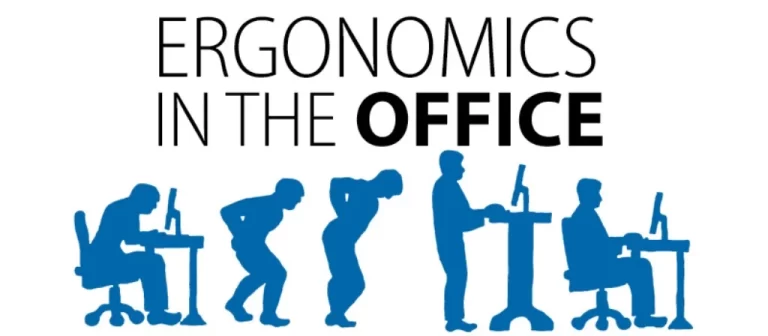

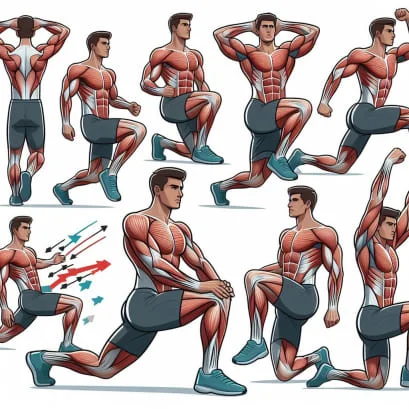
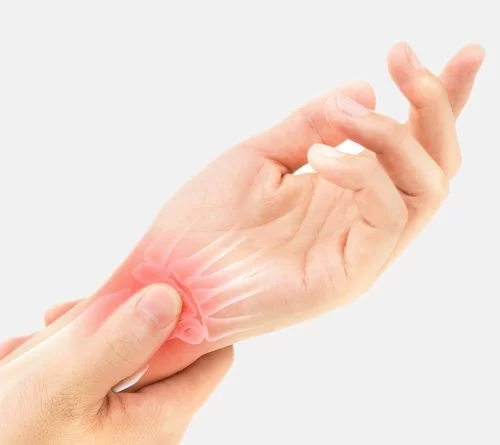
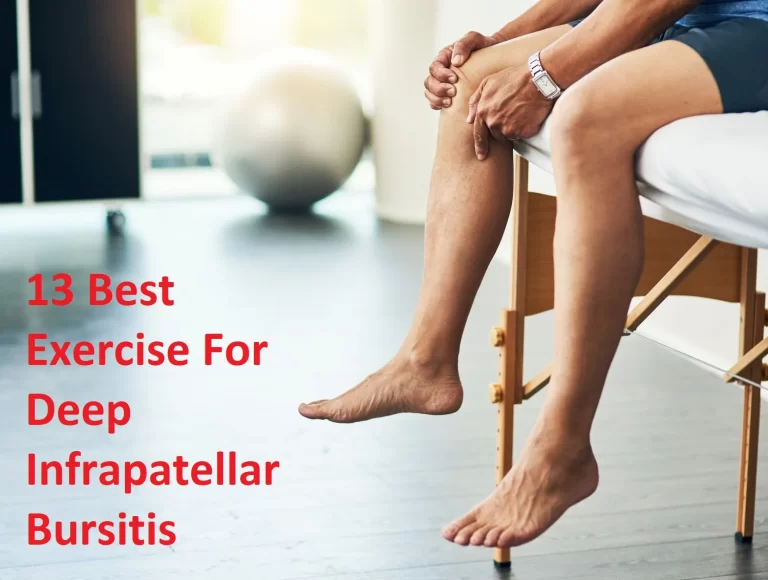
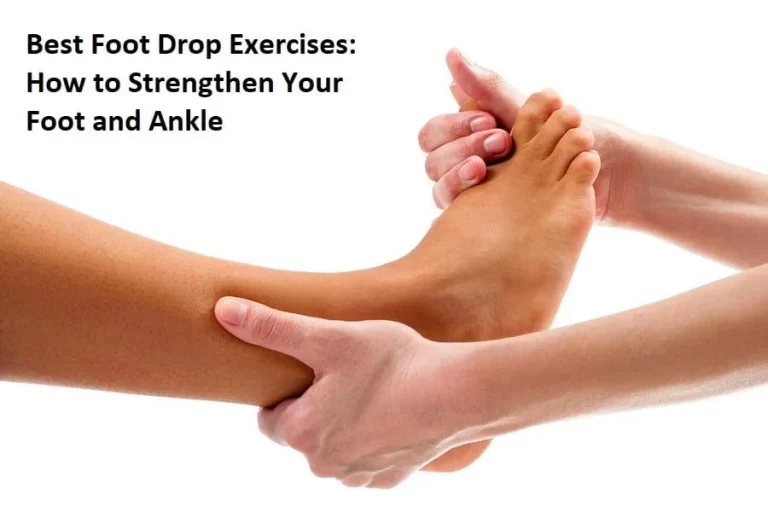
2 Comments